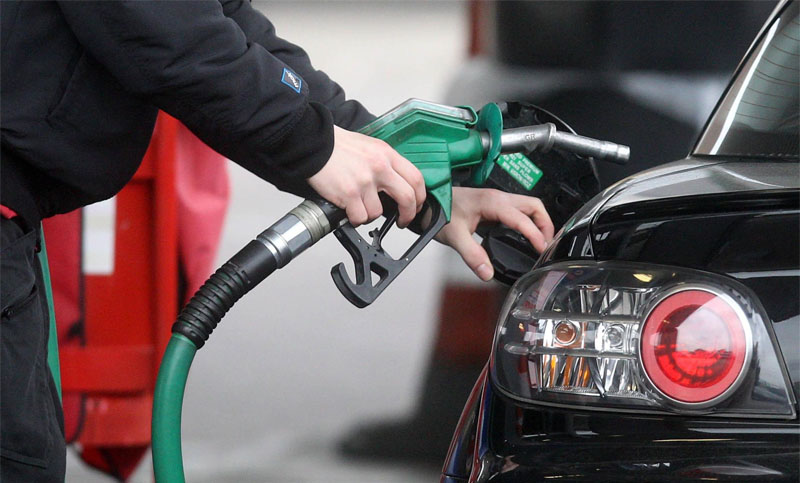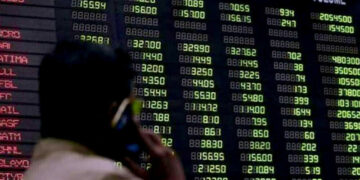Oil prices tumbled as much as 5 percent on Wednesday, pushing U.S. crude to five-year lows near $60 a barrel after data showed a spike in U.S. inventories and Saudi Arabia’s oil minister reiterated that he has no plans to cut output.
[contentblock id=1 img=adsense.png]
Global benchmark Brent crude prices have nearly halved since hitting a June high above $115 as rising U.S. output and waning demand growth generated a supply surplus that the world’s biggest oil exporter is unwilling to absorb. Further losses could be in store if U.S. oil drops below the psychologically key $60 mark. Saudi Oil Minister Ali al-Naimi, on a visit to Peru, shrugged off suggestions that the kingdom might cut output, sticking to his comments from two weeks ago in Vienna, where he first said that the market would be left to correct itself. Saudi Arabia, the main member of the Organization of the Petroleum Exporting Countries, has maintained its output, producing between 9.6 million and 9.7 million barrels per day in November.
[contentblock id=2 img=gcb.png]
“That is not going to change unless other customers come and say they want more oil,” Naimi said on Wednesday. Other OPEC members are divided on how to respond to the global surplus and falling prices. Algeria and Venezuela have hinted at an OPEC emergency meeting before the group’s scheduled session in June, to discuss action for boosting prices. “That’s what we must do, that is our job,” Venezuelan Foreign Minister Rafael Ramirez said. Brent settled down $2.60, or 3.9 percent, at $64.24 a barrel after plumbing $63.56, its lowest since July 2009. U.S. crude closed down $2.88, or 4.5 percent, at $60.94, having fallen to a near 5-1/2 year low of $60.43.
[contentblock id=3 img=adsense.png]
U.S. crude stocks rose unexpectedly last week and high refinery activity caused a surge in inventories of refined oil products, data from the Energy Information Administration showed. Gasoline stocks, particularly, rose by 8.2 million barrels, way above the 2.6 million analysts called for in a Reuters poll. “It shows that demand remains really weak. We’ve had strong production levels and the market fundamentally is not very sound,” said Gene McGillian, senior analyst at Tradition Energy in Stamford, Connecticut. The market also came under pressure following OPEC’s monthly report, which revised down demand for the group’s oil next year to 28.92 million bpd, down 280,000 bpd from its previous expectation. “There is a growing realization that the first half of next year is going to look very weak,” said Gareth Lewis-Davies, strategist at BNP Paribas. “You start to price that in now.” –Reuters













